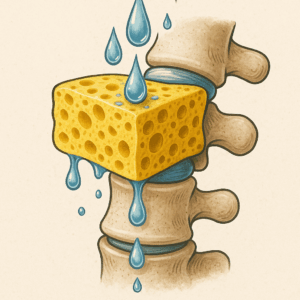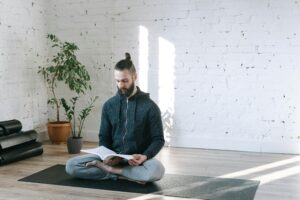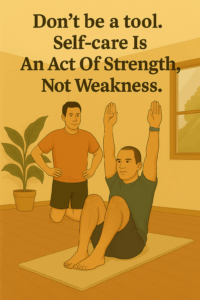Personal Training Success Story – Susan Bennett
Bennett… Bennett… where have I heard that name before? Oh yeah, it’s that Susan Bennett, the one who got her husband John Bennett to join us (after a year of “coaxing” 
To say that Susan is a hard worker is an understatement. She exudes effort and is not afraid of hard work, and it has shown up all throughout her life. She has a wonderful family and two granddaughters with whom she loves playing on the monkey bars. She works in management at Santa Fe Properties with another member of the month, Liz Cale. What is in the water over there?
Susan’s effort and drive has propelled her to great success and to be our January member of the month. Susan is a member of our group exercise class in Santa Fe: Posture Perfect.
1) What made you decide you wanted/needed to start a program?
I have stenosis of the spine and an L4-L5 herniation. I had had surgery on my knees from being a club level tennis player for years. I was in a lot of pain and easily taking 8 tablets of Advil a day.
2) What did you do before?
Osteopath treatments, physical therapy, and Cortisone shots, and none of it really worked. I was also doing some in home Pilates videos.
3) What results have you achieved since starting your program that you are proud of?
I can do a mini pull up! I am strong enough to play on the monkey bars with my granddaughters! I have also noticed that my skiing has really improved, because my body feels so much more aware and balanced. Being able to take this exercise class at 12:30pm really helps my stress. It allows me to take a break and to refocus and have a positive outlook. My Husband John says he can really see and feel (get your mind out of the gutter!) the difference in my body. I have been stopped and told that I am walking differently and seem to be “floating” and that my posture is much better.
4) Do you have a favorite exercise? Least? What do you like or don’t like about them?
I love all the big moves. Squatting, pushing, pulling, twisting, bending and rowing! I don’t like the stretching, but know that it is really helping me and I want to keep doing it.
5) What are some challenges or goals you are currently working on?
To do a full pull up.
6) What do you like best about our program/ having a trainer?
I love that what we are doing is really specific. I know that by us addressing each muscle, joint, and area specifically, I am keeping my body balanced and this helps me to not feel pain and to have freedom in my body. I also love having a schedule. Now I don’t have to think about where to find time in my day to fit this in. It is set and I know that I am getting a complete program.
7) What advice would you give to the other SolCore Fitness members?
Don’t slack! Focus on what YOU need to do and stick with it. For those of you who have stuck with this program for a while, I can see the difference in you. Whether it is a tighter body, improved posture or looking stronger in the classes. You are improving so keep it up.
8) What would you say to someone on the fence about joining our program?
If your desire is to reeducate your body then this is the program that will do it for you. Come in and trust that by working hard and following directions you will progress.
Thanks Susan.
If you are in Santa Fe, New Mexico and interested in our group exercise classes we offer a free consultation to see if we are a good fit.
As Susan said if your desire is to reeducate your body so that those aches and pains go away to keep you enjoying your activities, just call us at 505-577-2171 or email us at info@solcorefitness.com with the subject line “Consultation Request” and we’ll get right back to you.
You can also just go to our website at https://www.solcorefitness.com/consultation-landing-page/ , fill out the form and we’ll get back to you within 24-48 hours.
Get more information @


 Your spinal disc doesn’t just “recover” with hydration while you sleep. It responds to what you do …
Your spinal disc doesn’t just “recover” with hydration while you sleep. It responds to what you do … 
